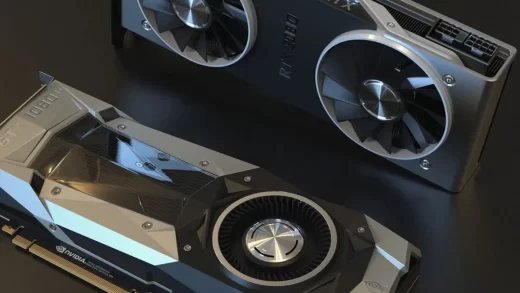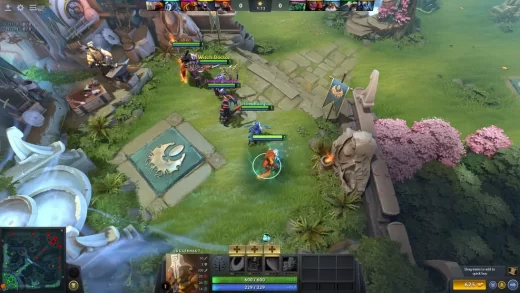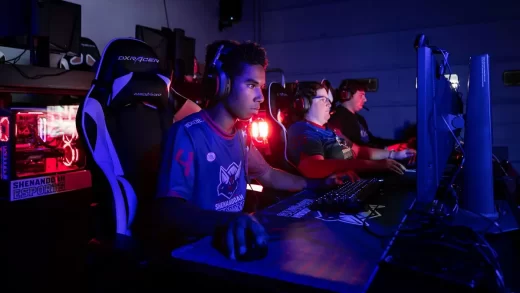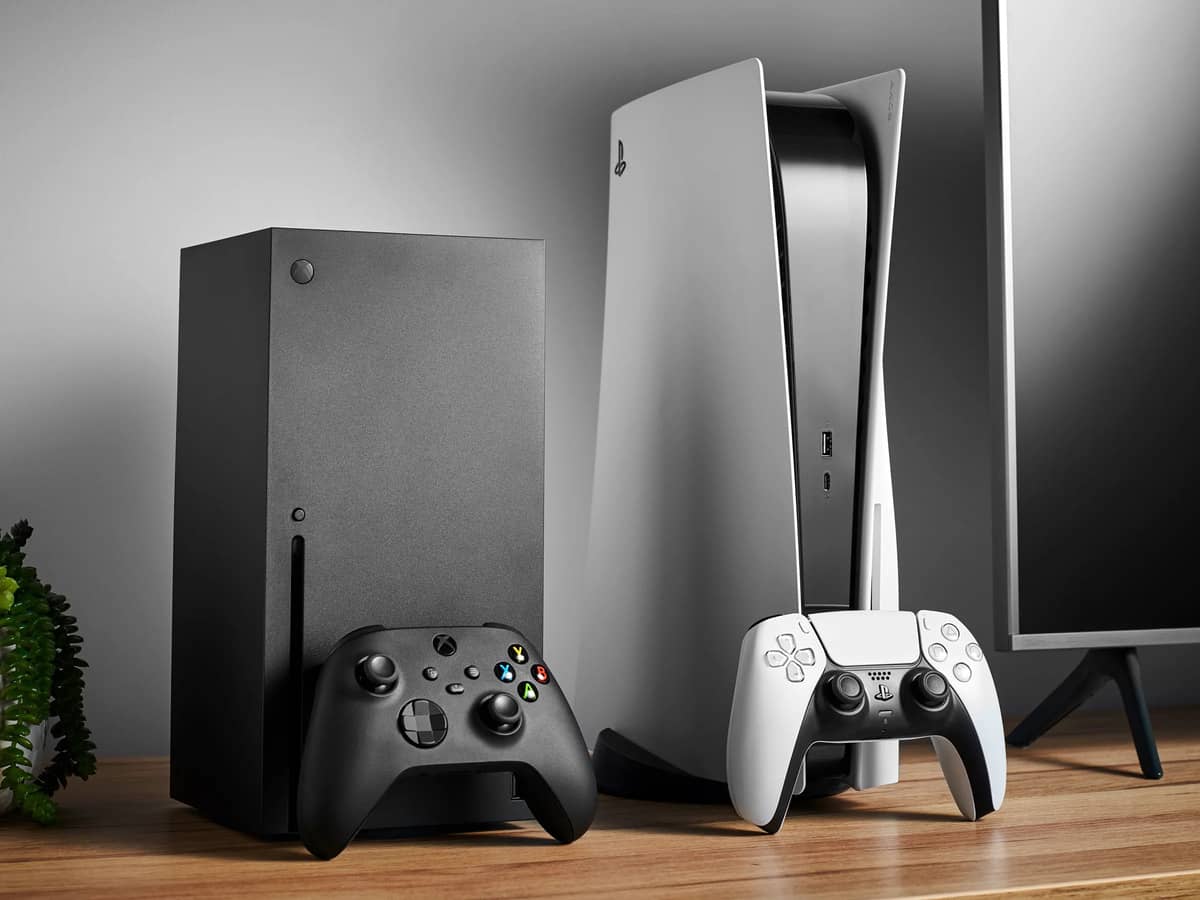Gaming has evolved into a multi-billion-dollar industry, and it’s not limited to just playing games. Gamers are passionate about their favorite titles and are often eager to show their love for gaming in various ways. This presents a golden opportunity for entrepreneurs and gamers alike to tap into the lucrative world of gaming merchandise. In this comprehensive guide, we’ll explore how to turn your passion for gaming into a profitable venture by creating and selling gaming merchandise.
Understanding the Gaming Merchandise Market
The Popularity of Gaming Merchandise
Gaming merchandise has become incredibly popular over the years. From t-shirts featuring iconic game characters to collectible figurines and mousepads adorned with game art, there’s a wide array of products that cater to gamers’ desires. Understanding this demand is crucial for success.
Target Audience
Identifying your target audience is the first step in creating gaming merchandise that sells. Consider factors like age, gender, gaming preferences, and spending habits to tailor your products effectively.
Licensing and Copyright
One of the key considerations in the gaming merchandise market is licensing and copyright. It’s vital to ensure you have the necessary permissions to use game-related artwork and logos.
Choosing Your Gaming Merchandise Niche
Apparel
1. T-Shirts and Hoodies
- Design tips and trends.
- Choosing quality materials.
- Example: A limited-edition t-shirt featuring an iconic in-game scene.
2. Accessories
- Creating stylish gaming-themed accessories.
- Appeal of gaming-themed jewelry.
- Example: Custom-made gaming keychains.
Collectibles
1. Action Figures and Statues
- Crafting collectible game character figurines.
- Materials and detailing.
- Example: A detailed hand-painted game character statue.
2. Trading Cards
- The resurgence of trading card games.
- Designing unique card art.
- Example: Collectible trading cards with in-game lore.
Home Decor
1. Posters and Wall Art
- Artistic posters and prints.
- Sizes and framing options.
- Example: A series of posters featuring legendary game landscapes.
2. Home Accessories
- Gaming-themed home decor items.
- Functional and decorative pieces.
- Example: A gaming-themed throw pillow collection.
Designing and Producing Gaming Merchandise
Design
1. In-House vs. Outsourcing
- Pros and cons of each approach.
- Collaborating with artists and designers.
- Example: Commissioning a renowned gaming artist for exclusive designs.
2. Branding and Packaging
- Creating a strong brand identity.
- Innovative packaging for merchandise.
- Example: A brand known for its unique packaging experience.
Production
1. Sourcing Materials
- Finding reliable suppliers for materials.
- Quality control and testing.
- Example: Sourcing premium cotton for t-shirts.
2. Manufacturing Process
- Choosing the right manufacturing method.
- Handmade vs. automated production.
- Example: Crafting collectible figures through 3D printing.
Setting Up an E-Commerce Store
Choosing a Platform
1. Building Your Website
- Considerations for a gaming merchandise website.
- E-commerce platforms and their features.
- Example: A user-friendly website showcasing gaming merchandise.
2. Marketplace Platforms
- Selling on established gaming merchandise marketplaces.
- Pros and cons of marketplace platforms.
- Example: Creating a storefront on a popular gaming merchandise marketplace.
Payment and Shipping
1. Payment Gateways
- Secure payment options for customers.
- Setting up payment gateways.
- Example: Offering multiple payment options, including cryptocurrencies.
2. Shipping and Fulfillment
- Efficient order fulfillment strategies.
- International shipping considerations.
- Example: Partnering with a global fulfillment center.
Marketing Your Gaming Merchandise
Social Media
1. Leveraging Social Platforms
- Utilizing platforms like Instagram, Twitter, and Facebook.
- Engaging with gaming communities.
- Example: Hosting giveaways on Instagram to boost engagement.
2. Influencer Collaborations
- Partnering with gaming influencers.
- Choosing the right influencers for your brand.
- Example: A popular streamer promoting your merchandise during a live stream.
Email Marketing
1. Building an Email List
- Strategies for collecting customer emails.
- Creating compelling email content.
- Example: Sending out exclusive discounts to subscribers.
2. Retargeting Campaigns
- Using retargeting to bring back potential customers.
- Personalization in retargeting ads.
- Example: Retargeting ads showcasing abandoned cart items.
Managing Customer Relations
Customer Support
1. Prompt Responses
- The importance of quick customer support.
- Tools for efficient customer communication.
- Example: Resolving a customer query within hours.
2. Handling Returns and Exchanges
- A smooth return and exchange process.
- Customer-friendly policies.
- Example: Allowing hassle-free returns for defective merchandise.
Feedback and Improvement
1. Gathering Feedback
- Encouraging customer reviews and feedback.
- Analyzing feedback for improvements.
- Example: Implementing a suggested design change based on customer input.
2. Staying Updated
- Keeping up with gaming trends.
- Updating merchandise to match current game releases.
- Example: Releasing a new line of merchandise for a highly anticipated game launch.
Scaling Your Gaming Merchandise Business
Expansion Strategies
1. Diversifying Product Offerings
- Expanding your product range.
- Adding limited-edition items.
- Example: Introducing a line of gaming-themed backpacks.
2. Collaborations and Licensing
- Partnering with game developers and publishers.
- Licensing iconic game artwork.
- Example: A licensed merchandise line for a popular game franchise.
International Reach
1. Expanding Globally
- Navigating international markets.
- Overcoming language and cultural barriers.
- Example: Successfully selling gaming merchandise in multiple countries.
2. Localization
- Tailoring merchandise for specific regions.
- Understanding regional preferences.
- Example: Creating region-specific versions of merchandise.
Conclusion
Gaming merchandise offers a thrilling opportunity to merge your passion for gaming with entrepreneurship. By understanding the market, choosing your niche, designing quality products, and effectively marketing them, you can turn your gaming merchandise venture into a profitable business. So, gear up, level up your creativity, and embark on the exciting journey of making money with gaming merchandise.
FAQs
1. Do I need permission from game developers to create and sell gaming merchandise?
- Exploring the importance of licensing and copyright for gaming merchandise.
2. What are some cost-effective ways to start a gaming merchandise business?
- Tips for entrepreneurs on a tight budget looking to enter the gaming merchandise market.
3. Can I sell gaming merchandise on social media platforms without a dedicated e-commerce website?
- Discussing the pros and cons of selling through social media versus having a website.
4. How do I handle customer complaints and returns
in the gaming merchandise business?
- Providing guidance on managing customer relations effectively.
5. What are the latest trends in gaming merchandise, and how can I stay ahead of the curve?
- Keeping up with evolving gaming merchandise trends and strategies for staying up-to-date.












